Dan Harborne
Sanity Checks for Saliency Metrics
Nov 29, 2019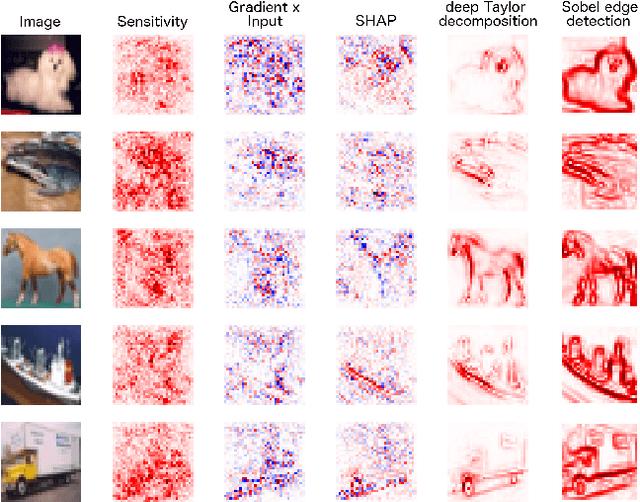
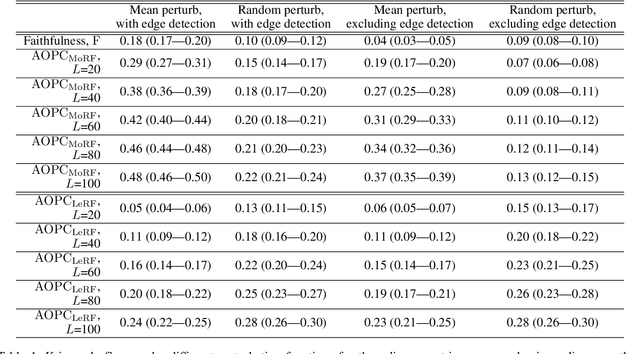
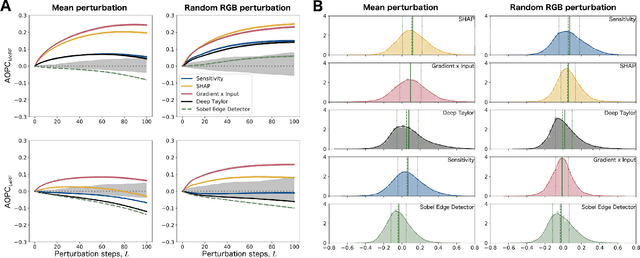
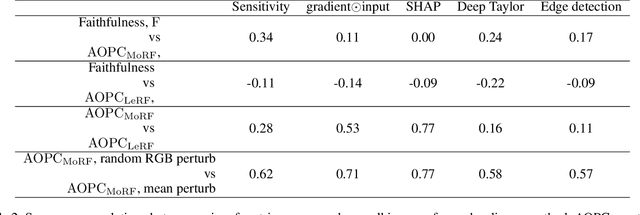
Abstract:Saliency maps are a popular approach to creating post-hoc explanations of image classifier outputs. These methods produce estimates of the relevance of each pixel to the classification output score, which can be displayed as a saliency map that highlights important pixels. Despite a proliferation of such methods, little effort has been made to quantify how good these saliency maps are at capturing the true relevance of the pixels to the classifier output (i.e. their "fidelity"). We therefore investigate existing metrics for evaluating the fidelity of saliency methods (i.e. saliency metrics). We find that there is little consistency in the literature in how such metrics are calculated, and show that such inconsistencies can have a significant effect on the measured fidelity. Further, we apply measures of reliability developed in the psychometric testing literature to assess the consistency of saliency metrics when applied to individual saliency maps. Our results show that saliency metrics can be statistically unreliable and inconsistent, indicating that comparative rankings between saliency methods generated using such metrics can be untrustworthy.
Stakeholders in Explainable AI
Sep 29, 2018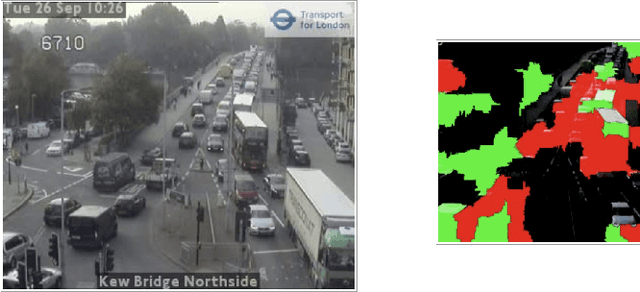

Abstract:There is general consensus that it is important for artificial intelligence (AI) and machine learning systems to be explainable and/or interpretable. However, there is no general consensus over what is meant by 'explainable' and 'interpretable'. In this paper, we argue that this lack of consensus is due to there being several distinct stakeholder communities. We note that, while the concerns of the individual communities are broadly compatible, they are not identical, which gives rise to different intents and requirements for explainability/interpretability. We use the software engineering distinction between validation and verification, and the epistemological distinctions between knowns/unknowns, to tease apart the concerns of the stakeholder communities and highlight the areas where their foci overlap or diverge. It is not the purpose of the authors of this paper to 'take sides' - we count ourselves as members, to varying degrees, of multiple communities - but rather to help disambiguate what stakeholders mean when they ask 'Why?' of an AI.
Interpretable to Whom? A Role-based Model for Analyzing Interpretable Machine Learning Systems
Jun 20, 2018
Abstract:Several researchers have argued that a machine learning system's interpretability should be defined in relation to a specific agent or task: we should not ask if the system is interpretable, but to whom is it interpretable. We describe a model intended to help answer this question, by identifying different roles that agents can fulfill in relation to the machine learning system. We illustrate the use of our model in a variety of scenarios, exploring how an agent's role influences its goals, and the implications for defining interpretability. Finally, we make suggestions for how our model could be useful to interpretability researchers, system developers, and regulatory bodies auditing machine learning systems.
 Add to Chrome
Add to Chrome Add to Firefox
Add to Firefox Add to Edge
Add to Edge